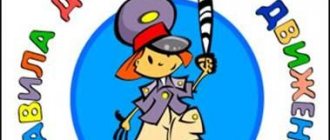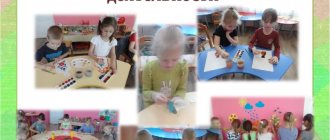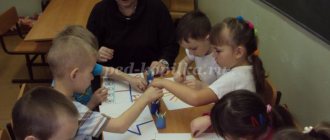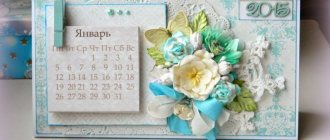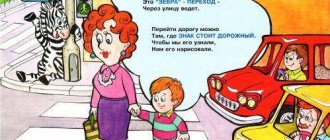Preparing the teacher for the lesson
To conduct an activity that is interesting for children, the teacher does a lot of preparatory work - selects visual aids (paintings, photographs, slides or toys, fruit models or theater figurines), fiction (riddles, proverbs, sayings, poems or short stories), prepares demonstration and handout materials. material on a given topic.
Some activities require preliminary preparation, for example, planting seeds and watching how a sprout breaks through the soil. For a visual arts class, you need to lay out sets of paints and brushes on tables, pour water into cups, and draw a sample or a schematic representation of an object. How many parts need to be cut out before applique? This is a lot of work that takes a lot of time the evening before class.
Components of a classic lesson
The structure of classes in preschool educational institutions is divided into 3 main parts, each of which has its own purpose.
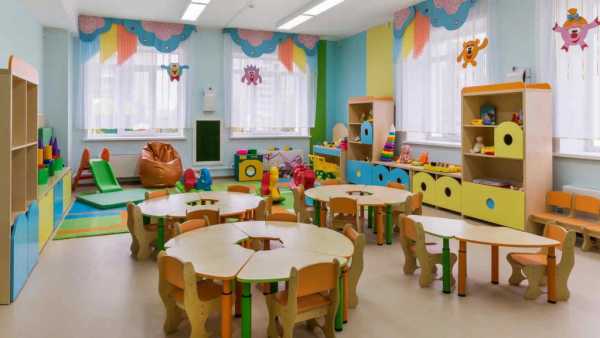
- Preparation or organizational moment. The attention of preschool children is still difficult to switch from one type of activity to another, so time is needed for the children to calm down, tune in to the lesson, and concentrate on the teacher and what the teacher is talking about. This is achieved by using a calm voice and including a playful moment, for example, a squirrel came to visit the kids and wants to tell a story that happened to it. At the same time, a bright toy appears in the teacher’s hands. It attracts the attention of children, they are already ready for the lesson material.
- Main part. If the initial stage lasts only a couple of minutes, then this component of the lesson is the longest, taking from 7 to 20 minutes, depending on the age group of the kindergarten. During this time, children gain new knowledge and consolidate it in practical activities or by completing the teacher’s tasks orally.
- The lesson ends with a summary of the work, how they completed the task, and an analysis of the children’s work is carried out, if there was visual activity. Be sure to celebrate the active work of the children and tell them what they will do next.
Excursions with children
Excursions are considered a special type of group classes in preschool educational institutions. This could be an organized trip to a park or to a road intersection, to a store or to a river. The excursion also has a clear structure. The first part is the preparatory part, which the teacher does independently. The place of the excursion is chosen, who will accompany the group of children, and organizational issues are resolved.
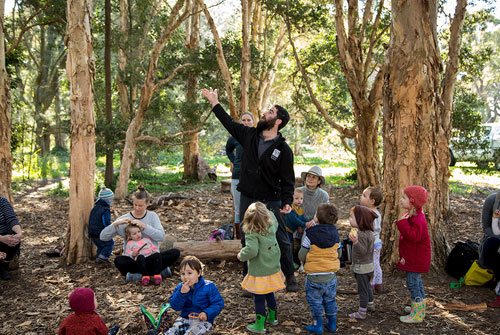
Next comes the main part - a trip with the children to the chosen place. During the excursion, observations are made, children are asked questions, and the selected topic is discussed. The teacher uses verbal didactic games. You can organize the collection of natural materials for further crafts.
After returning to the territory of the preschool institution, what was seen is consolidated. This could be a simple conversation, an exchange of impressions, or displaying what was seen in drawings, or making an album with a herbarium.
Consultation “How to make an activity interesting for a child?”
Victoria Usova
Consultation “How to make an activity interesting for a child?”
This question is asked both by the child’s parents, doing developmental tasks with him at home, and by specialists.
Why is it important?
Interest is an active cognitive focus on an object. An interested child will be happy to study a new subject, remember the necessary information, and actively use the acquired knowledge. Thus, interest stimulates the development of cognitive processes (attention, memory, thinking).
Interest is motivation. If a child is interested, he will complete any task, even complex ones.
Interest is directly related to positive emotions. Everything that brings joy to a child stimulates his development.
What can you do to make your child interested?
Present tasks in a playful way. For a preschooler, play is the leading activity that determines his development, but even for older children, the craving for play does not fade. Only the form changes: for kids you can use some kind of fairy-tale plot (or use its motifs, for example “The Adventures of Kolobok”, where completing each task allows the main character to escape from danger. For older children, board games, for example “adventure games”, become interesting: child rolls the dice, takes the required number of steps and receives the corresponding task, after completing which he can receive a certain number of points or a chance to continue the game.The most important thing is that the game makes sense (save Kolobok, score a certain number of points, receive a reward).
Offer new unusual tasks. For example, a child does not remember well. You ask him to memorize objects on the table, pictures, words... The child quickly gets bored with this. But you can memorize anything, anywhere: turn on excerpts from several songs and offer to repeat them, look carefully at the room, let the child go out, change something - will he notice? Encourage him to remember the shopping list when you go to the store. Believe me, there is a lot of information around that you can remember!
Use your favorite toys. Does your child love balls? Build your lesson around this interest: take a few balls, what size, shape, size are they? How many are there? Which one is missing? What's superfluous here? We’ll load the balls into the car and take them to the “clearing.” With a slight movement of the hand, the ball turns into a Kolobok or a turnip? Use your imagination and everything will work out!
Let your child feel the “taste of victory.” Even the most sophisticated toy can lose interest if suddenly something doesn’t work out. Help your child move towards success in small steps, believe in himself, and understand that he can do anything if he tries.
These simple tips will help you make your practice more effective.
Types of activities
Types of classes in preschool educational institutions have several classifications. If we consider the solution to any didactic problem, then we can distinguish 4 points. These are the following types:
- mastering new material when the teacher explains to the children a topic planned according to the “Education Program”, or new practical skills are developed, for example, in modeling or drawing classes;
- consolidation of previously studied material - repetition of a poem, learned geometric figures or numbers, retelling a familiar fairy tale, didactic game “Name it correctly,” etc.;
- classes in which children use acquired knowledge and skills in the creative process, for example, coming up with the end of a story, making an application according to a plan on a certain topic, coming up with an addition or subtraction problem, completing a sentence, etc.;
- complex is a combination of different types of activities to master one task, for example, when studying the behavior of a squirrel, the teacher suggests guessing a riddle about the animal, looking at a picture, playing the game “What does a squirrel eat?”, listening to a song about this animal, while the teacher will tell about the habits the forest jumper, as she prepares for winter, will give the children the task of counting the number of nuts and mushrooms stored by the squirrel, and at the end will offer to draw the squirrel themselves according to the teacher’s model.
